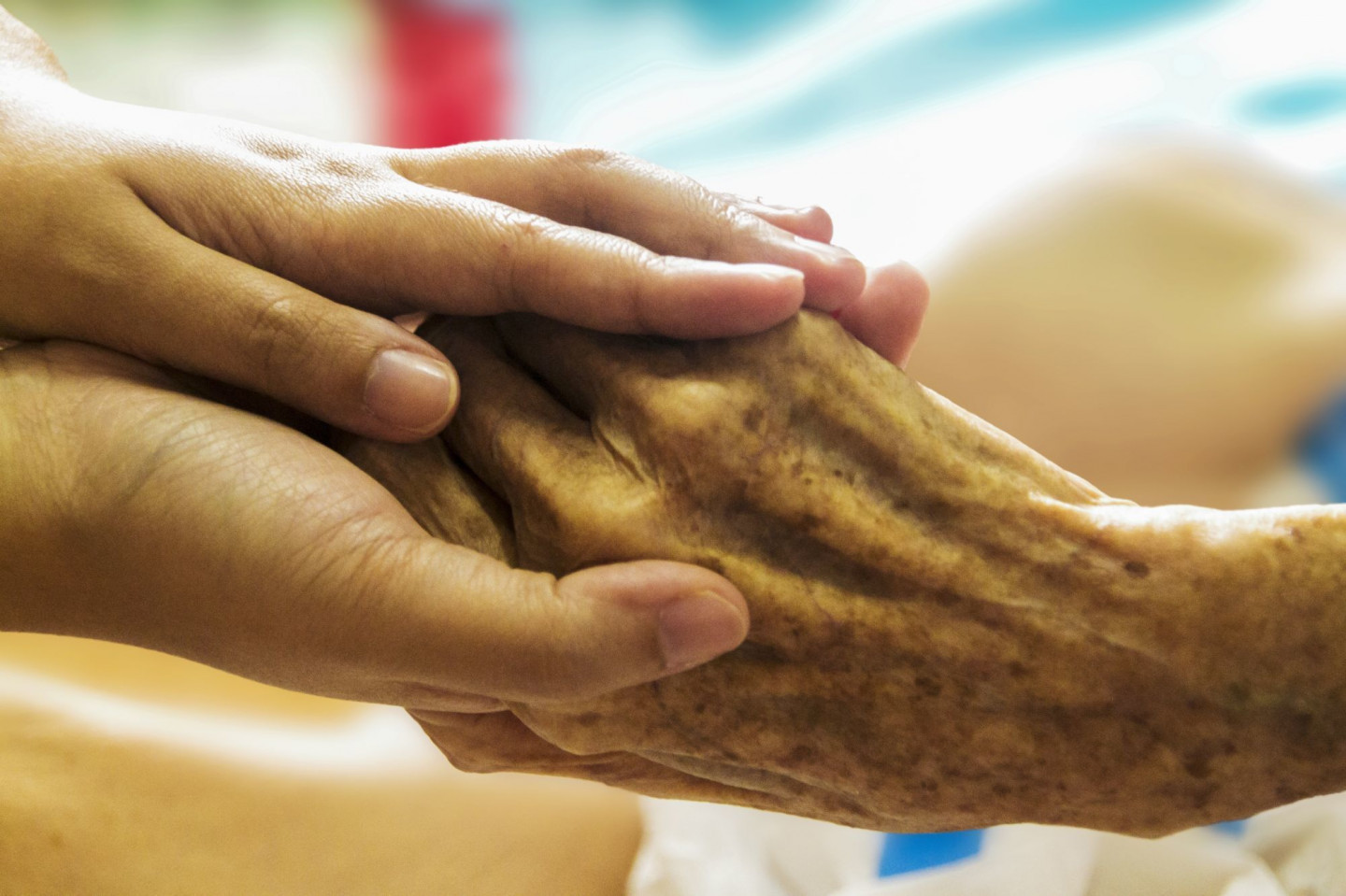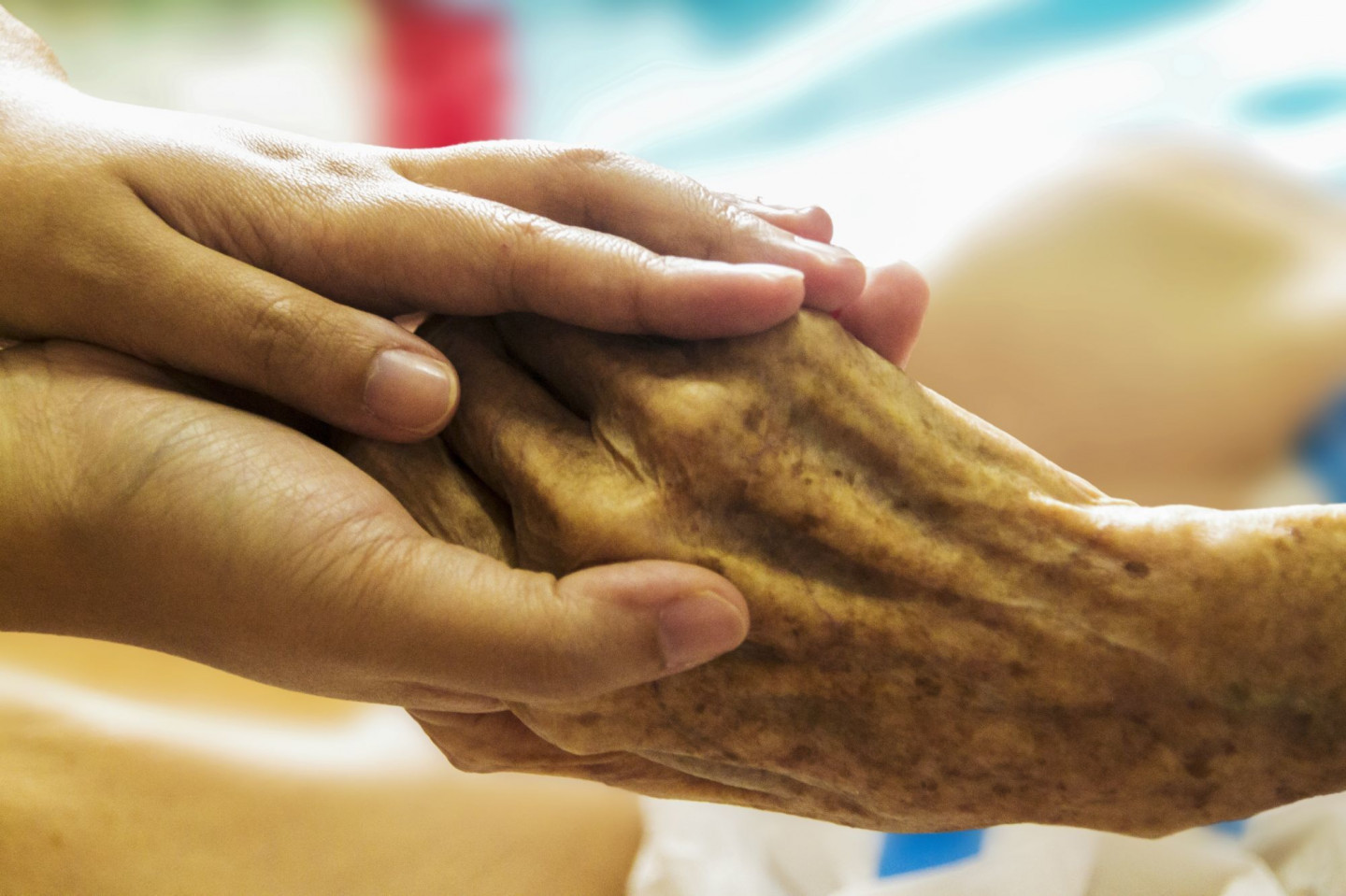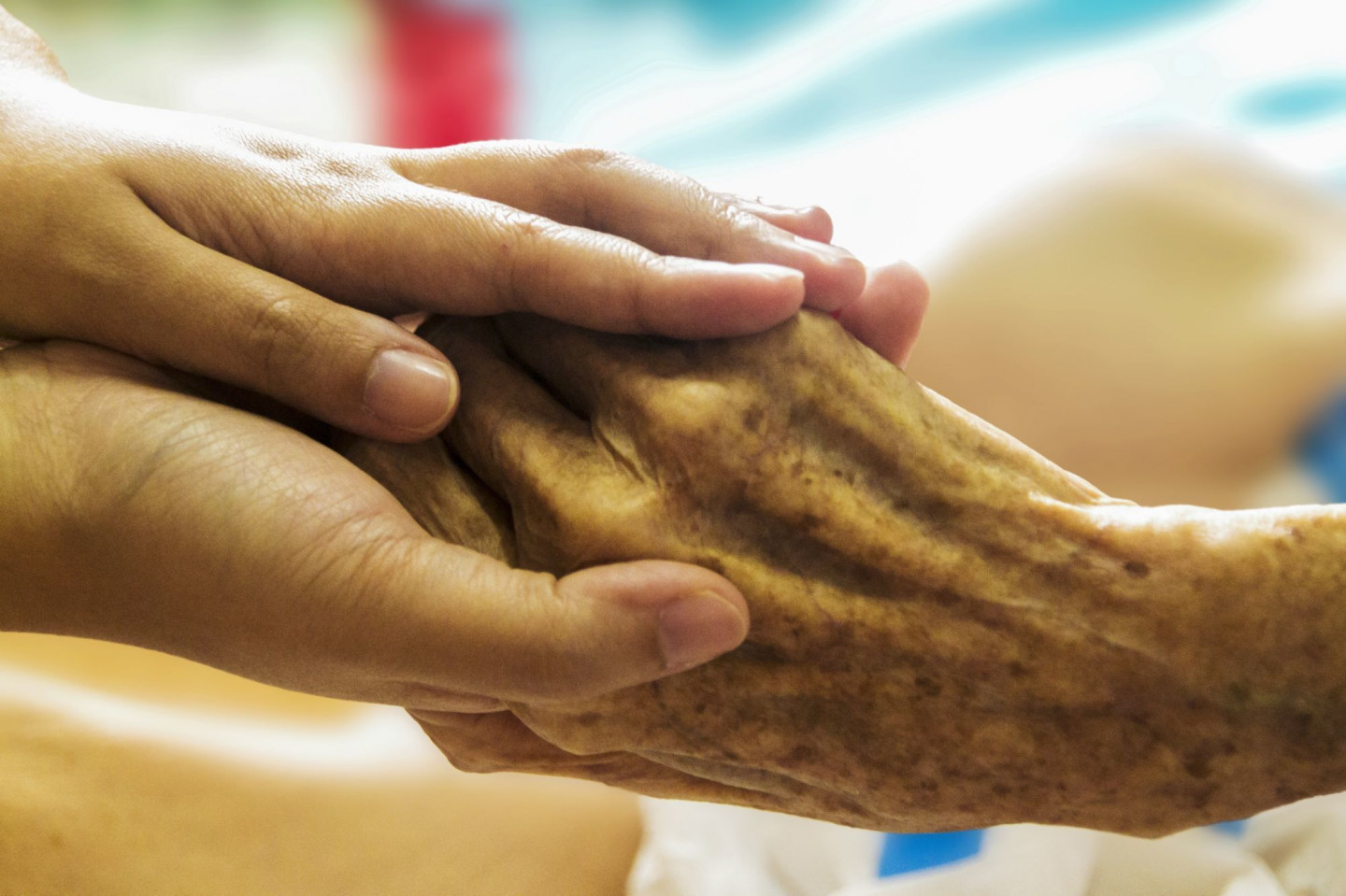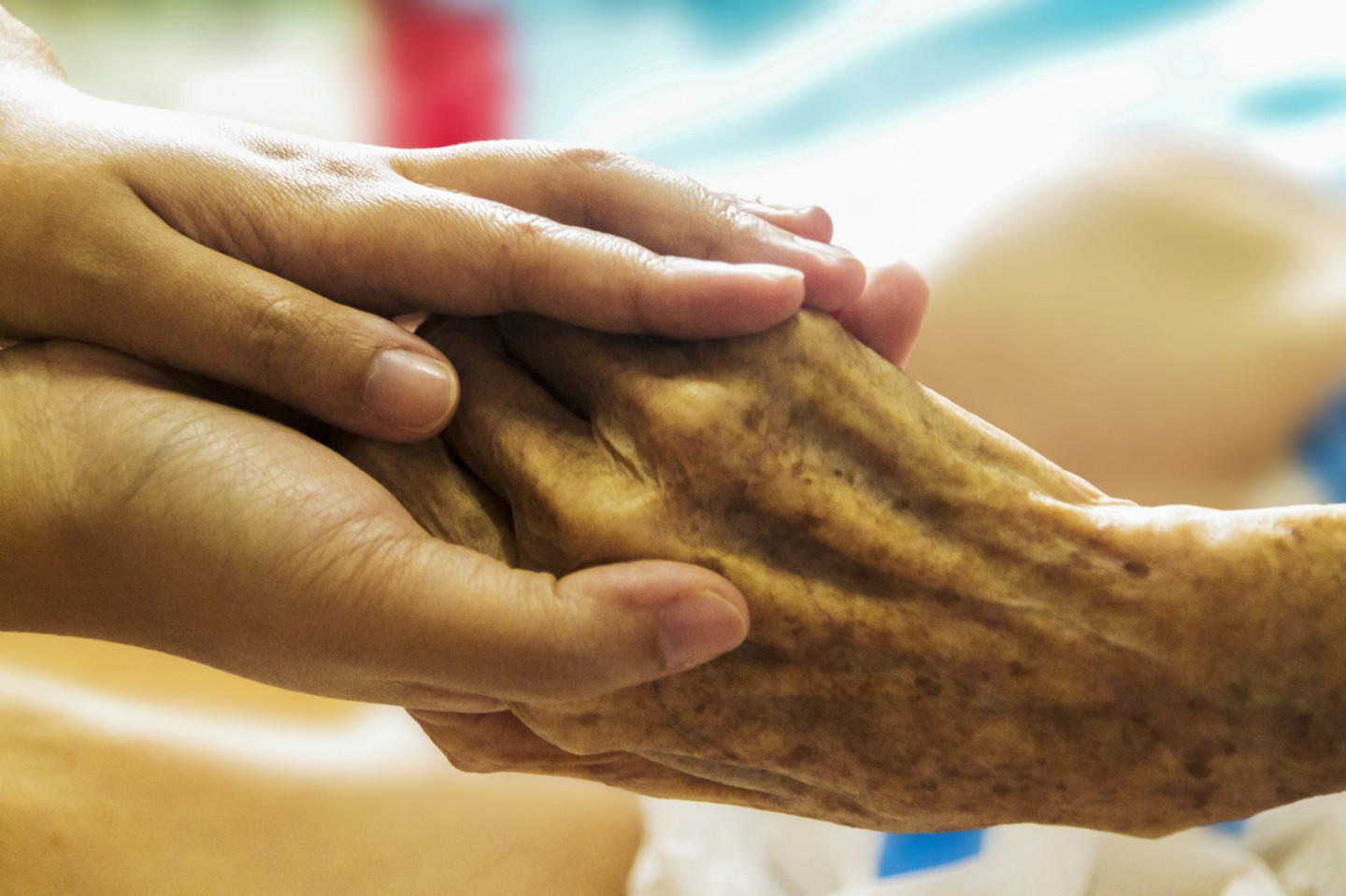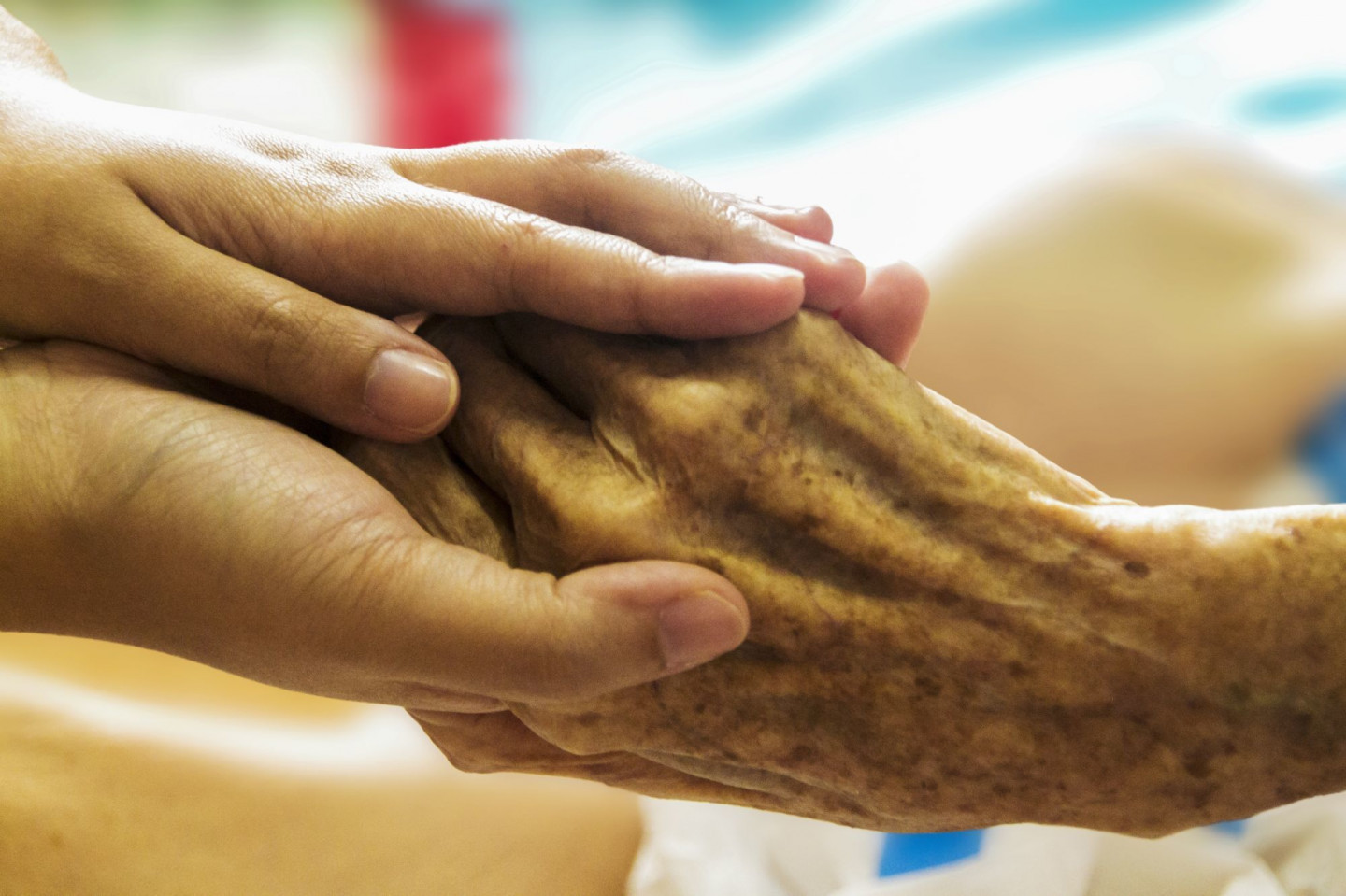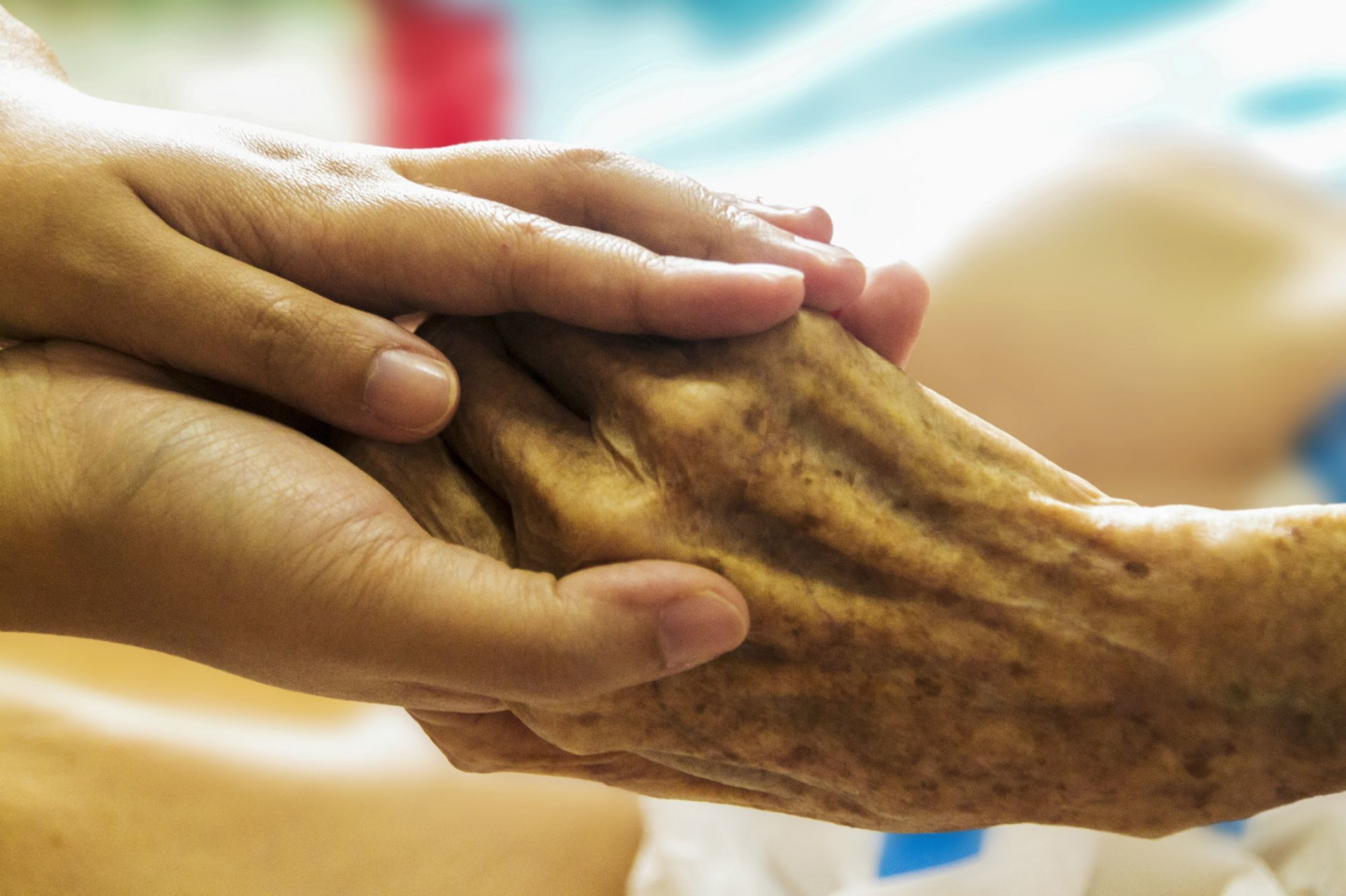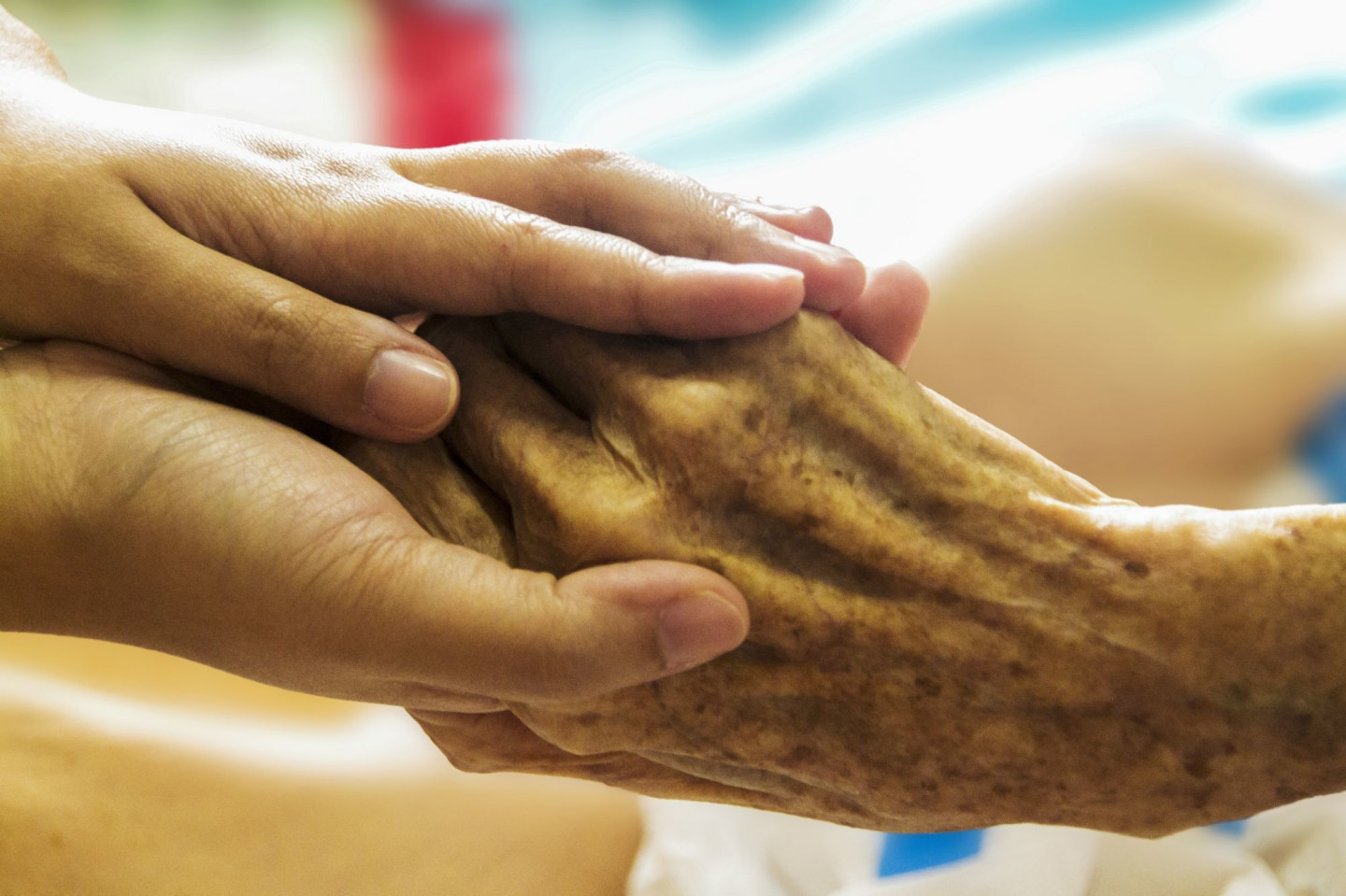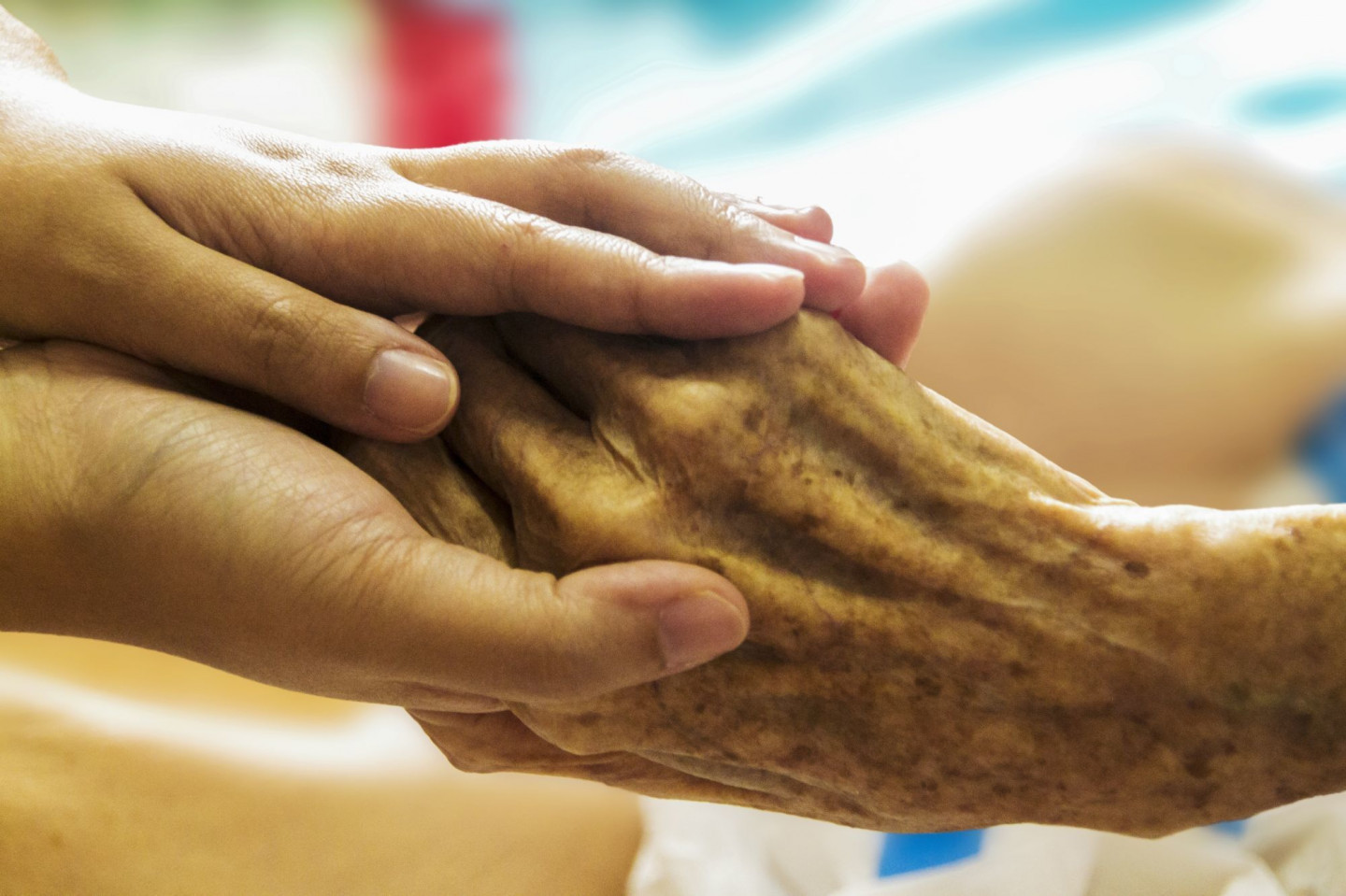When it comes to planning your estate, it is not always easy deciding where your assets will go once you are gone. Not only should you try to reduce your estate taxes as much as you can, it is also important to protect your assets from creditors. But be careful, because some measures to protect your assets may be considered fraudulent under the Uniform Fraudulent Transfer Act. If an asset transfer occurs with the intent to defraud or hinder a creditor, it is considered a “fraudulent conveyance.” Below are 7 safe methods you can use to protect transferred assets from being claimed by creditors.
1. Outright gifts – By giving an outright gift to an heir, it is protected from creditors. However, be aware that you will lose control over the asset, including all economic interest.
2. Family Limited Partnerships (FLPs) – Limited partnerships within a family means that each partner pays taxes independently of each other. So when assets are involved, when one of the partners die, the assets left to the limited partner will be more difficult for creditors to access to cover debts. Only the limited partner’s interest can be reached by creditors in most cases.
3. Inter Vivos qualified terminable interest property – This trust is to be created for your spouse while you are alive. Once created, it qualifies for the gift tax marital deduction. When your spouse dies, the QTIP trust will be a part of his/her estate. If your spouse does not have enough assets to cover federal estate taxes, only then will the QTIP assets be used to fulfill taxes.
In the case that you survive your spouse, the QTIP assets that you established for your spouse will now fund a family trust. This amount will be equal to the estate tax exemption, which is currently $1.5 million. Any assets left over after this transfer will be assigned to you under the marital trust law, and because it qualifies for the marital deduction, there will be no federal estate tax on these assets at the time of your spouse’s death.
Because assets that enter a family trust do not qualify for estate taxes, it is beneficial to set up your QTIP trust in this manner. This structure protects your assets from creditors because assets moved to a family trust for a surviving spouse’s benefit are not subject to federal estate taxes. This is because these family trust assets are not legally part of the surviving spouse’s estate.
4. Irrevocable life insurance trusts (ILITs) – For federal estate tax purposes, insurance proceeds in ILITs are not considered part of your estate. This trust protects insurance proceeds during and after your death from creditors.
5. Qualified personal residence trusts (QPRTs) – With a QPRT, you can transfer a residence, either primary or vacation, to a living trust. With this trust, you reserve the right to live in the residence for a set number of years that is determined by using IRS tables. The “remainder interest,” the amount of time that you can remain living in the residence, is calculated by taking the value of the property, minus your term interest’s value. The QPRT protects a residence from the gift tax through your $1 million gift tax exemption.
6. Charitable remainder trusts (CRTs) – In this type of trust, a percentage of assets are provided to a “grantor” annually for his/her lifetime. When the grantor dies, his or her spouse will become the CRT annuitant for the remainder of his or her lifetime. After both grantors have passed, the remaining CRT assets are given to charity under the “remainder interest” qualification.
7. Grantor retained annuity trusts (GRATs) – With a GRAT, a donor makes a donation into a trust. For the remainder of the fixed term of this trust, the donor will receive an annual payment. Once this term has ended, selected beneficiaries will receive any remaining value of the trust as a gift.
Estate planning is very complex. Protecting yourself and your family should be your top priority, so speak with an experienced probate attorney at Clear Counsel to discuss your options.

